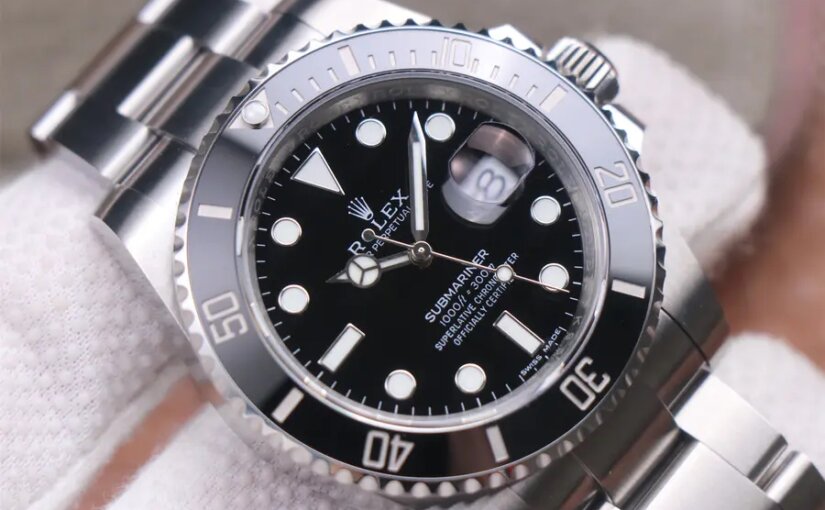Rolex and Patek Philippe stand as two of the most revered names in the world of luxury watches, each epitomizing superior craftsmanship, precision, and prestige. Collectors and enthusiasts often place these Swiss watchmakers at the pinnacle of their aspirations, though each brand offers its own distinct qualities. Examines the pros and cons of choosing between Rolex and Patek Philippe, covering aspects such as pricing, style, quality, and resale value to help you decide which brand might be the best fit for you.
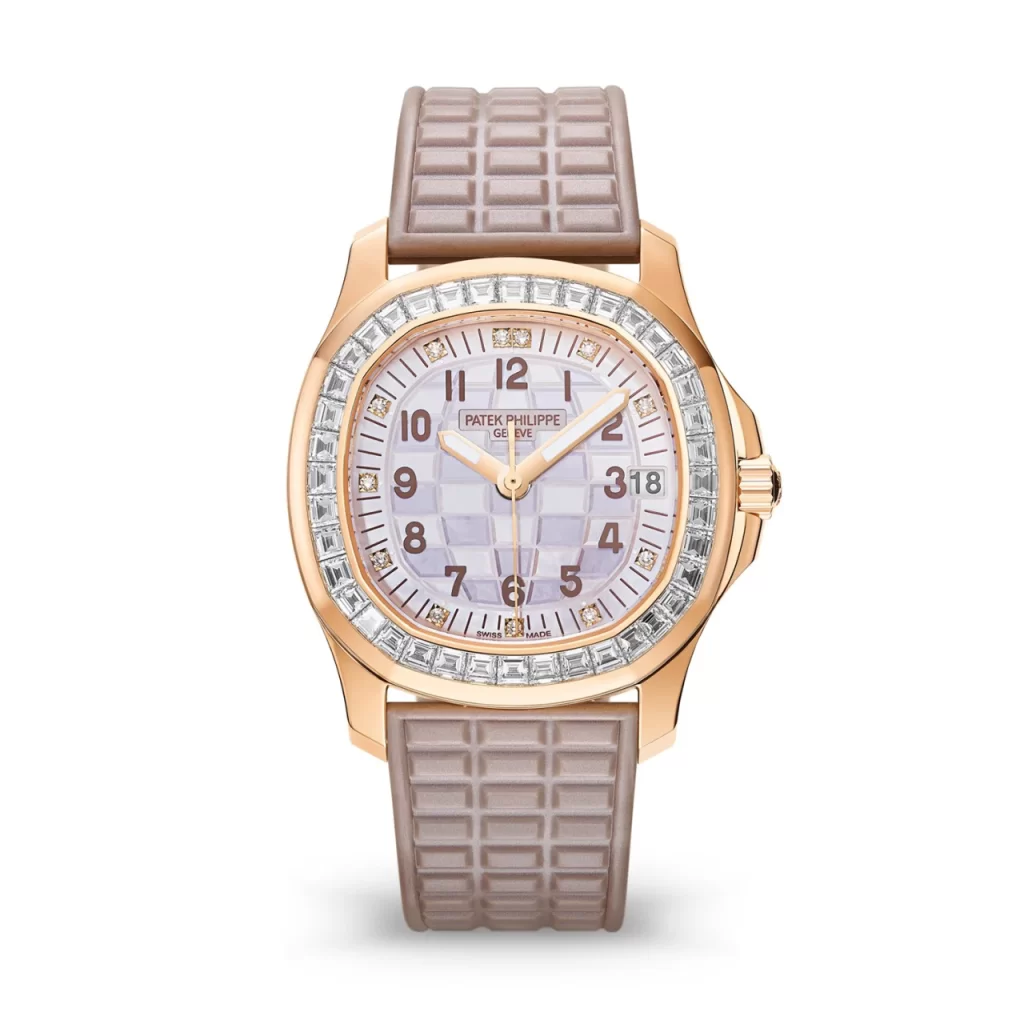
Rolex: A Journey Through Time
Established in 1905 by Hans Wilsdorf and Alfred Davis in London, Rolex soon relocated its headquarters to Geneva, Switzerland, where it continues to operate today. Rolex has made significant contributions to the watchmaking industry, including the creation of the first waterproof wristwatch, the Rolex Oyster, in 1926, and the development of the self-winding mechanism with a perpetual rotor, known as the Rolex Perpetual, in 1931. These innovations are foundational to many of Rolex’s models, hence the term “Oyster Perpetual” that accompanies most of their watch names.
Rolex has produced iconic models that have set benchmarks in watchmaking. The Datejust, introduced in 1945, was the first watch to feature an automatically changing date display. The Submariner, launched in 1953, became the first diving watch water-resistant up to 100 meters, while the Daytona, introduced in 1963, is one of the most coveted chronographs among collectors. From the 1950s through the 1970s, Rolex focused on developing “tool watches,” designed not just to tell time, but to perform under extreme conditions. The Explorer, intended for spelunking, and the Sea-Dweller, designed for deep-sea diving, are examples of these specialized replica watches.
Rolex also excels in crafting perfect designs that merge functionality with elegance. The Datejust’s automatic date display and the Day-Date’s full day of the week display are testaments to this. These models, alongside Rolex’s Professional series for sports and adventure and the Classic series for more formal occasions, form the core of Rolex’s offerings today. Despite their longstanding iconic status, Rolex continues to innovate by modernizing classic designs with cutting-edge materials and enhanced movement performance.
Patek Philippe: A Legacy of Excellence
Patek Philippe’s history stretches back to 1839 when Antoine Norbert de Patek and François Czapek established the brand, later joining forces with watchmaker Jean-Adrien Philippe in Geneva, Switzerland. Patek Philippe is celebrated for its unwavering commitment to traditional craftsmanship and its history of producing some of the world’s most complex mechanical watches.
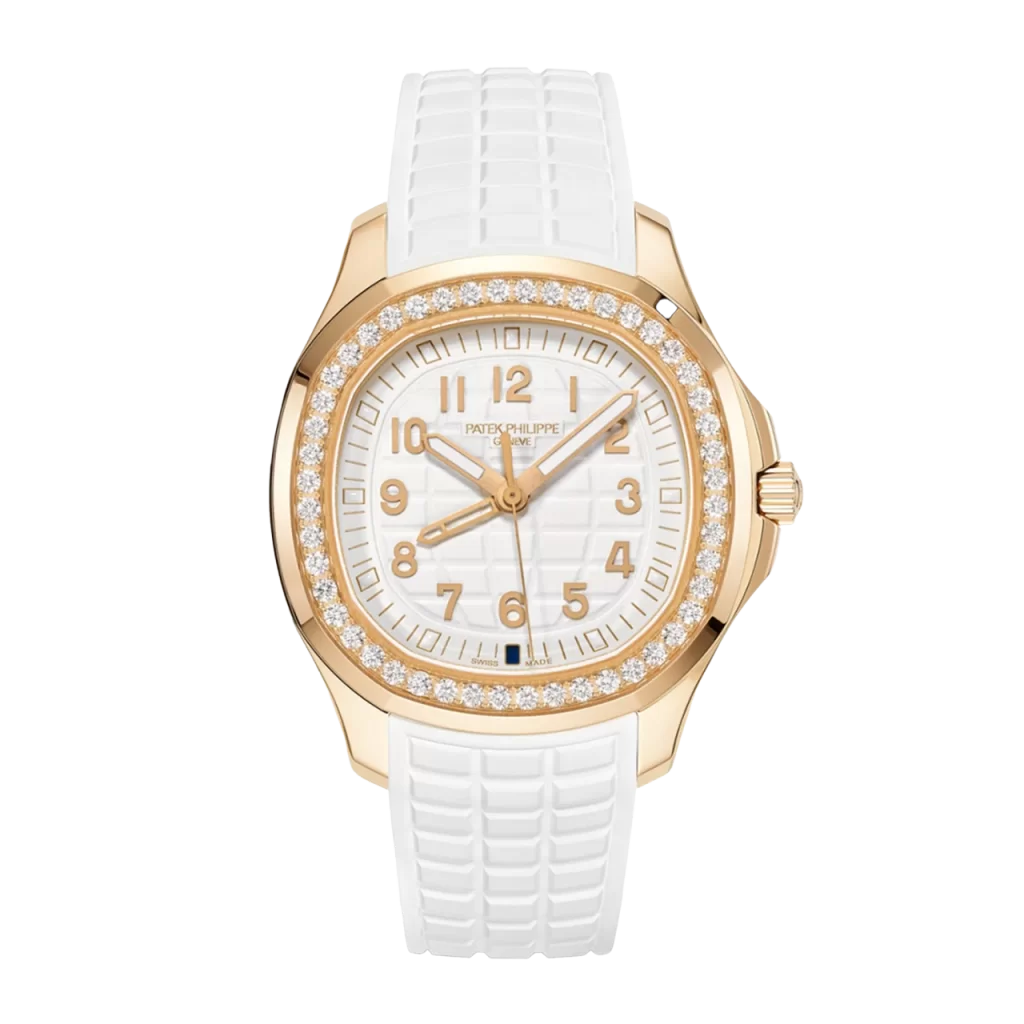
During the period from 1845 until Antoine de Patek’s death in 1877, the company secured multiple patents, including those for a precision regulator and a keyless winding and hand-setting system, and also crafted the world’s first Swiss wristwatch. After the Great Depression, the company was sold to its dial supplier, Fabrique de Cadrans Sterns Frères, owned by Charles and Jean Stern. The Stern family has maintained ownership of Patek Philippe since 1932, making it the longest-running family-owned watchmaker in Geneva.
Philippe Stern, a third-generation Stern, assumed leadership in 1976, guiding the company through the Quartz Crisis that devastated the Swiss watch industry at Replicaimitation. Under his direction, Patek Philippe introduced the Nautilus, an audacious steel sports watch with an octagonal bezel that has since become one of the most sought-after luxury sports watches in the world. Patek Philippe’s vintage watches have consistently set auction records, with nine of the ten most expensive watches sold at auction being Patek Philippes as of 2024.
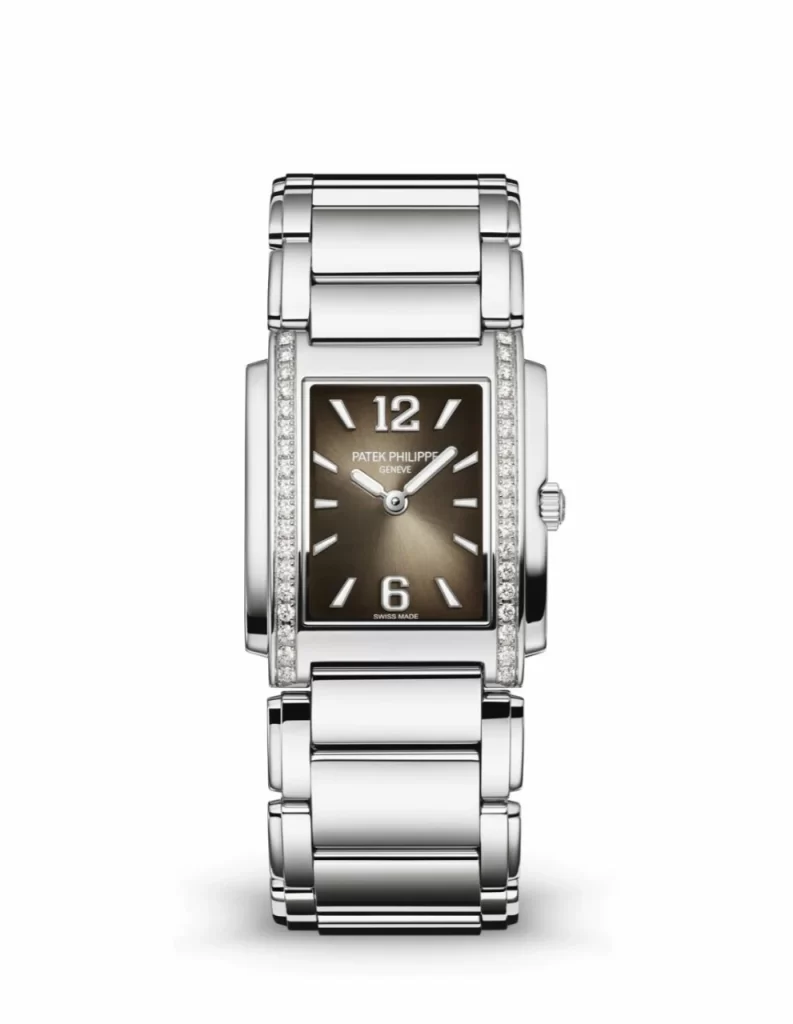
Patek Philippe’s modern collection is equally impressive, featuring coveted pieces like the Nautilus and Aquanaut sports watches, as well as highly intricate watches such as their Annual and Perpetual Calendars, Moon Phase watches, Flyback Chronographs, Pilot Travel Time, and World Time watches.
Pros and Cons of Rolex
Pros:
Reliability and Durability: Rolex watches are built to withstand tough conditions, making them a favorite among adventurers and professionals.
Diverse Model Range: From sporty models like the Submariner and Daytona to elegant choices like the Datejust and Day-Date, clone Rolex offers something for every occasion.
Brand Prestige: Rolex is synonymous with luxury, success, and recognition, making it one of the most recognizable watch brands worldwide.
Investment Potential: Certain Rolex models have appreciated in value over time, making them attractive investment pieces.
Cons:
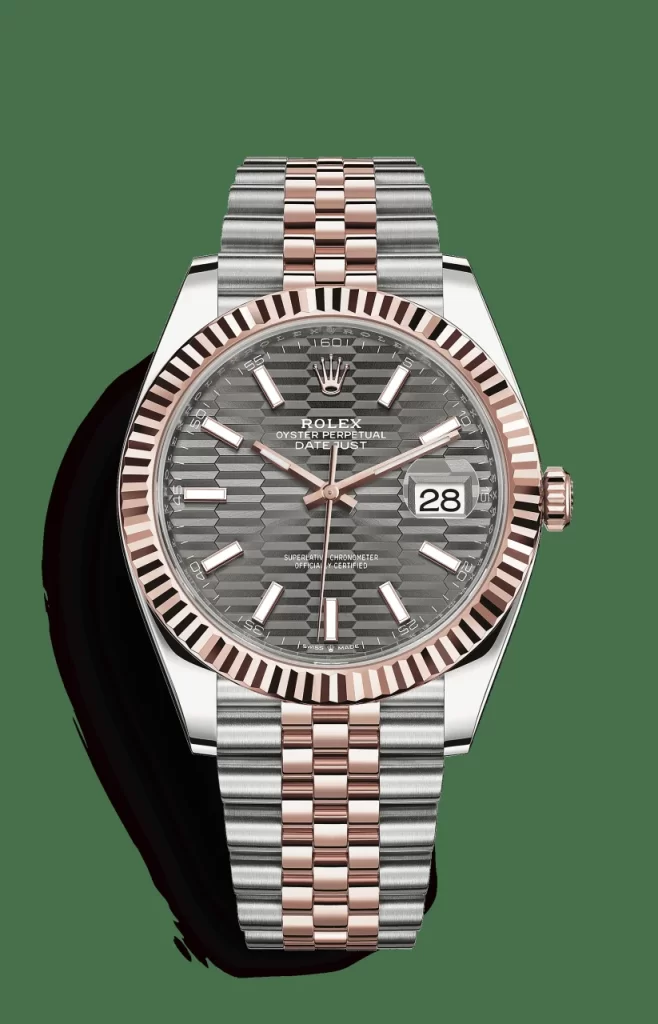
Limited Availability: High demand often results in long waiting lists for popular models. The pre-owned market offers opportunities, but often at a premium.
High Entry Price: Rolex watches are generally expensive, making them less accessible to some buyers.
Conservative Design: Rolex tends to refine its designs incrementally over long periods, which might not appeal to those seeking more contemporary aesthetics.
Pros and Cons of Patek Philippe
Pros:
Exquisite Craftsmanship: Patek Philippe watches are known for their meticulous handcrafting, with intricate details and complex complications.
perfect Elegance: The brand’s designs are classic and sophisticated, transcending fleeting trends.
Innovative Complications: Patek Philippe is a leader in creating complex watches, including perpetual calendars, chronographs, and minute repeaters.
Prestige and Exclusivity: Patek Philippe is synonymous with luxury, heritage, and exclusivity, making its watches highly desirable among collectors.
Cons:
Higher Price Range: Due to their intricate craftsmanship and limited production, Patek Philippe watches are generally more expensive than Rolex.
Limited Availability: Patek Philippe’s annual production is around 60,000 units, making their watches hard to acquire.
Less Sporty Options: Patek Philippe’s focus on dress watches and complications may not appeal to those seeking more casual or sporty designs.
Pricing
Rolex typically offers a more accessible entry point compared to Patek Philippe. For example, as of 2024, the 36mm steel Rolex Oyster Perpetual retails for $6,100. In contrast, the most affordable current-production Patek Philippe, the steel Aquanaut, starts at $23,070. Patek Philippe’s higher prices reflect their craftsmanship, complications, and exclusivity.
Style
Rolex offers a broad range of styles, from the sporty Submariner and GMT-Master to the elegant Datejust, making it a versatile brand. Patek Philippe, however, is known for its classic, refined aesthetics, with models like the Calatrava and Nautilus epitomizing perfect elegance.
Quality
Both Rolex and Patek Philippe are renowned for their exceptional quality. Rolex is famous for its robust, accurate, and reliable watches, often crafted from patented materials. Patek Philippe, on the other hand, is known for its intricate handcrafting, with each watch being meticulously assembled and finished by hand, often featuring exhibition casebacks to showcase their hand-finished movements.
Resale Value
Rolex and Patek Philippe both have strong resale values, though Rolex often has a more active secondary market. Certain Rolex models, especially those in high demand, tend to appreciate in value. Patek Philippe watches also retain their value well, with rare or sought-after models commanding premium prices due to their exclusivity.
Choosing Between Rolex and Patek Philippe
When deciding between Rolex and Patek Philippe, consider your priorities. Replica Rolex is an excellent choice if you value reliability, durability, and a wide range of models that cater to various styles and occasions. Rolex’s brand recognition and investment potential also make it a compelling option.
Patek Philippe, on the other hand, is ideal if you appreciate exquisite craftsmanship, intricate complications, and perfect elegance. The brand’s exclusivity and heritage add to its allure, making Patek Philippe a prestigious addition to any collection. Additionally, Patek Philippe watches tend to hold their value well, especially rare models, making them a potential investment piece.
